Search
Search Results
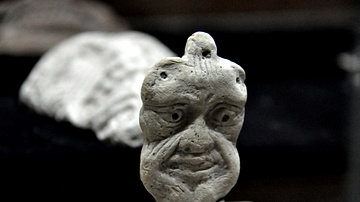
Article
Dialogue of Pessimism
The Dialogue of Pessimism (c. 1000 BCE) is a Babylonian poem featuring a master and his slave in ten exchanges during which the master proposes an action, and the slave gives reasons for and against its pursuit. The piece has been interpreted...
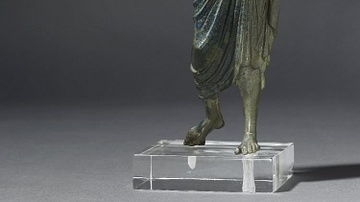
Definition
Etruscan Religion
The religion of the Etruscans, the civilization which flourished from the 8th to 3rd century BCE in central Italy, has, like many other features of the culture, long been overshadowed by that of its Greek contemporaries and Roman conquerors...
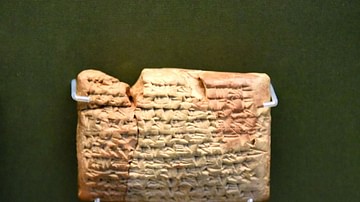
Image
A Mesopotamian Tablet with Gynaecological Recipe Against Miscarriage
A medical recipe was written on this clay tablet to prevent miscarriage. It recommends that a women should wear for 3 days a particular species of dried edible mouse which has been stuffed with myrrh. Probably from Babylon, Mesopotamia, Iraq...
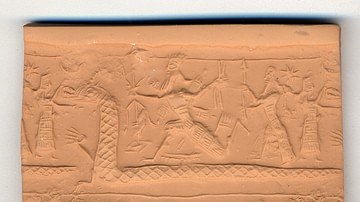
Definition
Tiamat
Tiamat is the Mesopotamian goddess associated with primordial chaos and the salt sea best known from the Babylonian epic Enuma Elish. In all versions of the myth, following the original, Tiamat always symbolizes the forces of chaos, which...
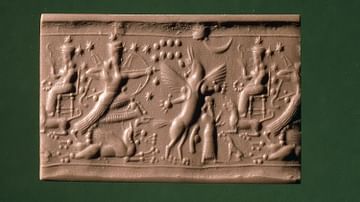
Definition
Ninurta
Ninurta (identified with Ningirsu, Pabilsag, and the biblical Nimrod) is the Sumerian and Akkadian hero-god of war, hunting, and the south wind. He first appears in texts in the early 3rd millennium BCE as an agricultural god and local deity...
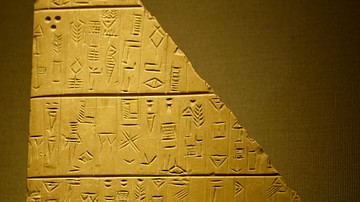
Image
Mesopotamian Tablet with Puchase Details from Dilbat
This tablet lists purchases of land by a man named Tupsikka, with payments made in baskets of barley. One transaction reads "The price of the field is 90 gur-sag-gal 16 quarts of oil". Stone tablet, about 2400-2200 BCE. Excavated by Hormuzd...
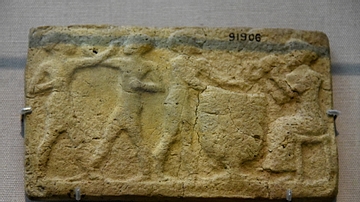
Image
Mesopotamian Boxers & Musicians Plaque
Two boxers are fighting while two musicians are playing the drum and are beating clappers together. Old Babylonian Period, 2000-1600 BCE. From Larsa, Southern Mesopotamia, modern-day Iraq. (The British Museum, London).
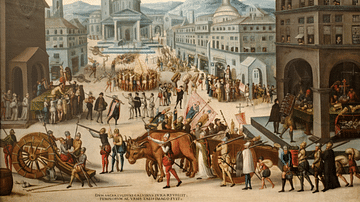
Definition
French Wars of Religion
The French Wars of Religion (1562-1598) were a series of eight conflicts between Protestant and Catholic factions in France lasting 36 years and concluding with the Protestant King Henry IV of France (r. 1589-1610) converting to Catholicism...
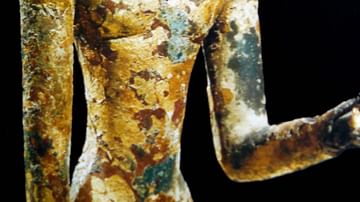
Definition
Phoenician Religion
The Phoenician Religion, as in many other ancient cultures, was an inseparable part of everyday life. Gods such as Baal, Astarte, and Melqart had temples built in their name, offerings and sacrifices were regularly made to them, royalty performed...
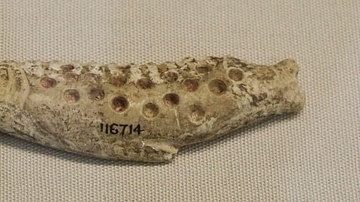
Article
The Home of the Fish
The Home of the Fish is a Sumerian poetic monologue, most likely from the Ur III Period (2047-1750 BCE), in which the speaker tries to coax various fish into a newly built home. The meaning of the poem depends on whether the speaker is sincere...